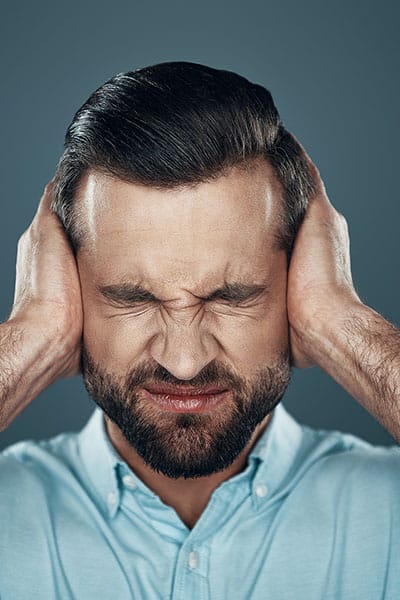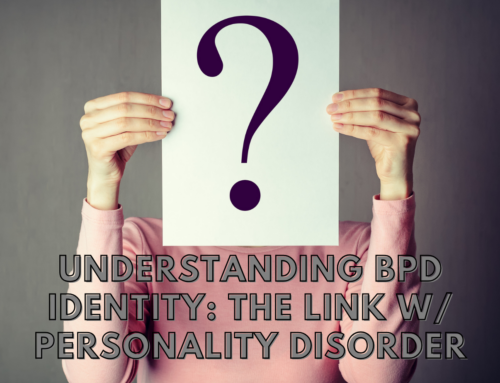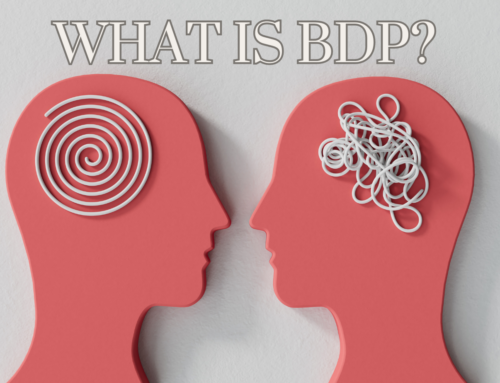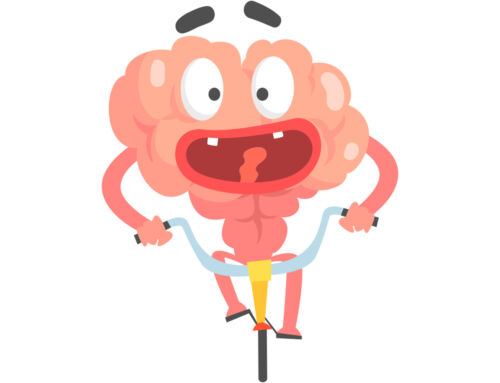Living with a mental illness can be difficult, primarily if professionals can’t accurately diagnose or treat your condition. Schizoaffective disorder is one of the most misdiagnosed mental illnesses in the United States. According to the National Alliance on Mental Illness (NAMI), the condition is often misdiagnosed as either bipolar disorder or schizophrenia since its symptoms are similar to both conditions. Consequently, the treatment you receive may not address all the symptoms of your disease.
What is bipolar schizoaffective disorder? This condition manifests as one of two types: bipolar type or depressive type. Follow along as the experts at Alta Loma provide a closer look at bipolar schizoaffective disorder, including its symptoms, causes and treatments.

Bipolar-Type Schizoaffective Disorder Symptoms
Schizoaffective disorder is a chronic mental health condition that affects your mood and perception of reality. You may be diagnosed with schizoaffective disorder if you experience symptoms such as:
- Hallucinations
- Delusions
- Disorganized thinking or speech
- Catatonic behavior
- Negative symptoms such as low motivation and limited emotional expression
- Inability to perform social and professional responsibilities
- Impaired ability to perform activities of daily living such as bathing, brushing teeth and eating
- Manic behavior is characterized by high energy, insomnia and uncharacteristic behaviors
- Depressive episodes with extended feelings of sadness, emptiness, worthlessness and suicidal thoughts
Individuals with bipolar-type schizoaffective disorder experience symptoms similar to those of bipolar disorder, including episodes of manic or euphoric behavior that can shift to major depressive episodes.
Diagnosis of Bipolar-Type Schizoaffective Disorder
Bipolar-type schizoaffective disorder isn’t well studied, making its diagnosis difficult. Some mental health researchers have even recommended removing it from the Diagnostic and Statistical Manual of Mental Disorders, making it even harder for mental health professionals to diagnose.
Currently, you can be diagnosed with schizoaffective disorder if you experience the following:
- Two or more non-mood symptoms of schizoaffective disorder for at least a month, and
- A manic or depressive episode for an uninterrupted, extended period
You may also be diagnosed with schizoaffective disorder if you experience delusions and hallucinations for 2 or more weeks without a mood disorder. The symptoms only qualify if drugs, medication, or other illnesses are not induced.
Some psychiatrists perform brain imaging tests such as MRI and EEG to reinforce the diagnosis. You may also undergo lab work to eliminate the possibility that pregnancy, blood abnormalities, thyroid conditions or HIV have caused your symptoms.
Is Schizoaffective Disorder Bipolar Type a Disability?
Bipolar-type schizoaffective disorder isn’t classified as a disability outright since symptoms can be treated by medication and therapy. However, you may qualify for disability benefits if the condition severely limits your ability to work or earn a living.
Causes of Bipolar-Type Schizoaffective Disorder
The exact causes of bipolar schizoaffective disorder are yet to be established. However, the likelihood of developing the condition can increase due to environmental and genetic factors.
Close genetic relationships contribute to schizoaffective disorder among families. For example, you’re more likely to develop schizoaffective disorder if you have parents or siblings diagnosed with the condition.
Changes in a fetus’s brain chemistry due to a mother’s exposure to toxins during pregnancy can raise the chances of the child exhibiting symptoms of schizoaffective disorder later in life. Adults can also experience chemical imbalances from substance abuse and medication, increasing the likelihood of showing signs of bipolar-type schizoaffective disorder.
Additionally, environmental factors such as childhood trauma, abuse and stressful events can contribute to developing schizoaffective disorder.

How Serious Is Schizoaffective Disorder?
Schizoaffective disorder is considered a severe mental illness due to the mixture of signs of mood disorders and the psychotic symptoms of schizophrenia. While the condition affects an equal number of men and women, symptoms occur earlier in men.
If left untreated, schizoaffective disorders can cause:
- Self-isolation as distorted thinking and mood disorder symptoms intensify
- Loss of employment, leading to debt and homelessness
- Health problems caused by low appetite and loss of sleep due to psychotic symptoms
- Substance abuse problems that contribute to legal issues
- Self-harm, suicidal thoughts and attempts
Statistics show that 1 in 20 people who experience untreated psychotic symptoms will complete suicide. Thus, it’s essential to get professional help to manage psychotic symptoms of schizoaffective disorder and stabilize your mood. Participating in psychotherapy can help you learn better ways of coping with future occurrences of symptoms. A therapist will also help you rebuild your social and professional life.

How Long Do Schizoaffective Episodes Last?
The diagnostic criteria for the different types of schizoaffective disorders demand that symptoms last for at least a month. The major psychotic symptoms of hallucinations and delusions must last at least 2 weeks each. Additionally, the depressive or manic symptoms for the mood disorder portion of the condition should go uninterrupted for a few weeks.
Considering that the diagnostic criteria outline the minimum requirement for diagnosis, schizoaffective disorder episodes can last for weeks or even months.
As a result, your personal, social and professional life will suffer. Moreover, since you’re not entirely controlling your actions, you may experience imminent physical danger due to accidents, self-harm or destructive behavior such as drug abuse.
Treatment for Bipolar-Type Schizoaffective Disorder
Bipolar disorder and schizoaffective disorder are complex diagnoses to endure and treat separately, which makes treating them together more difficult even for professionals. However, antipsychotic and antidepressant drugs and therapy, can effectively treat the disorder.
An article evaluating studies on treatment effectiveness concluded that atypical antipsychotic medications are most effective in treating the two disorders. This medication class improves the brain’s chemical balance by acting on neurotransmitters such as serotonin and histamine.
Adjunctive antidepressants may be a helpful addition to resolving the intense symptoms of major depressive disorder.
Even though experts debate the effectiveness of a diagnosis for schizoaffective disorder, it doesn’t mean your schizoaffective disorder diagnosis is wrong or illegitimate or that treatment is hopeless. These debates open up room for refining knowledge and receiving funding for further studies and experiments that will provide more accurate categorization and treatment for this and other severe psychiatric disorders.

Contact Alta Loma for Bipolar Schizoaffective Disorder Treatment
A psychotic disorder diagnosis can be challenging, especially if the condition is as misdiagnosed as bipolar affective disorder. However, our team at Alta Loma believes no case is beyond help. Effective treatments for your disorder and symptoms are given daily, and new treatments are in the works to ensure effective outcomes.
You can find tried-and-tested therapy modalities, qualified mental health professionals and a supportive environment in our community in Georgetown, Texas. Fill out an online contact form or call Alta Loma at (866) 457-3843 to discuss your treatment options today.



